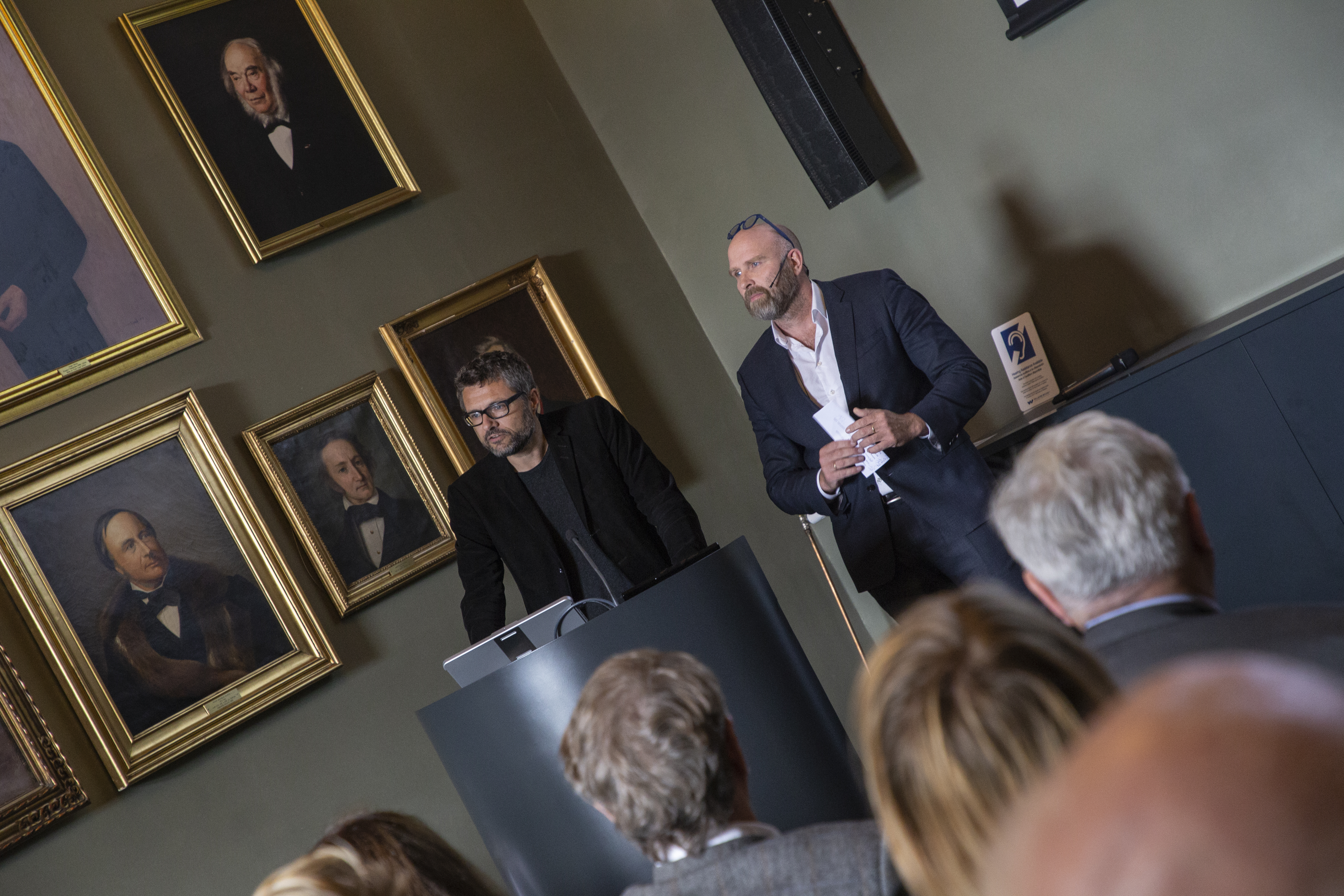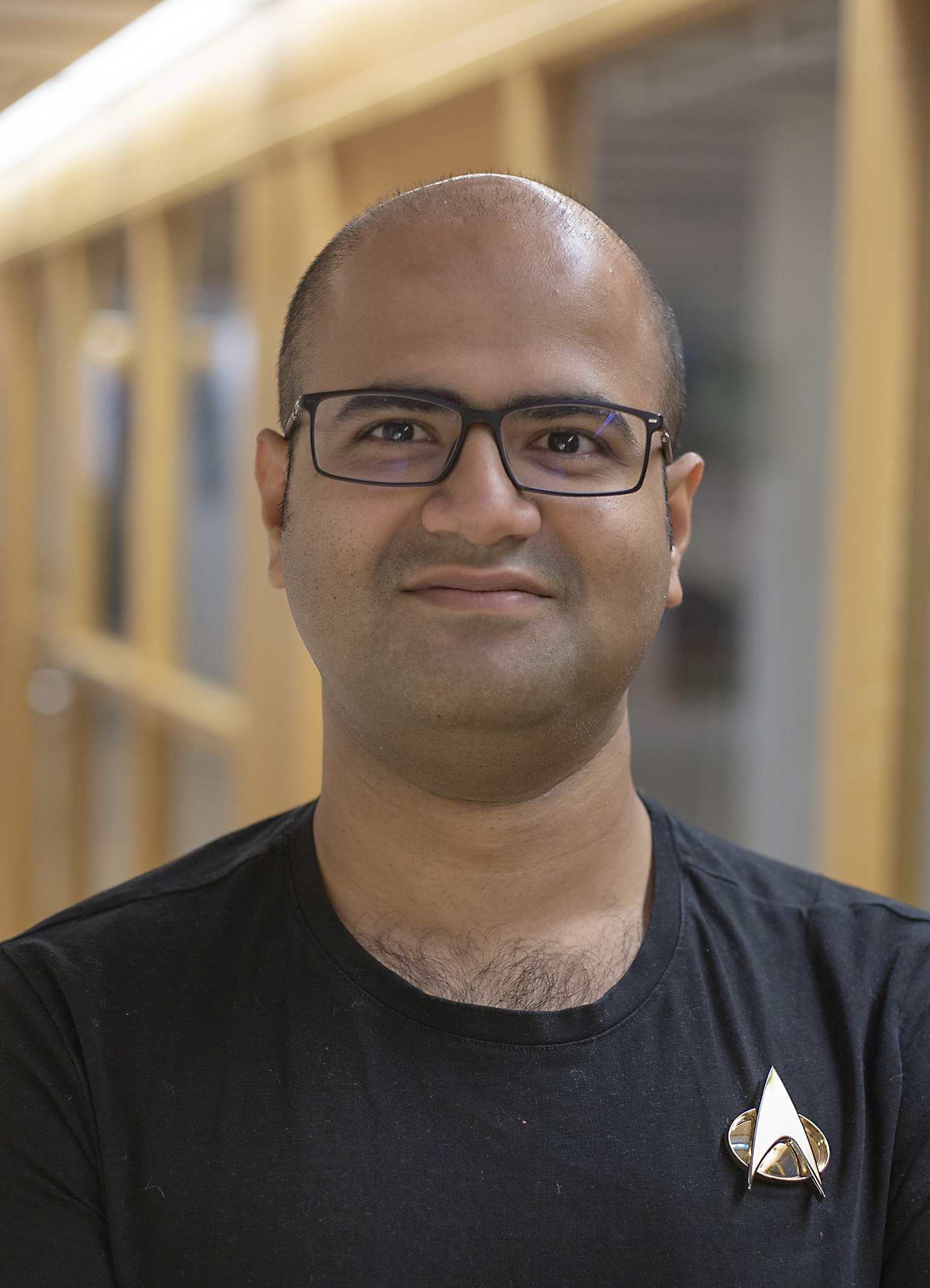Meet the Project: 'In Sync: How Synchronisation and Mediation Produce Collective Times, Then and Now'

This month, we're sitting down with the 2018/19 CAS project leaders and fellows to hear about their plans for their year at the Centre. First up: In Sync: How Synchronisation and Mediation Produce Collective Times, Then and Now.
In Sync: How Synchronisation and Mediation Produce Collective Times, Then and Now is a research project that stretches across space and time -- multiple times, actually.
You probably organise your life by following the 24-hour cycle of the sun. Academic institutions plan their course offerings over several quarters or semesters that make up an academic year. And in many democracies, governments have four years to implement their agenda before a new election takes place -- though the consequences of their decisions can sometimes be felt for decades.
Those are just three examples of different ways of organising time. Yet society isn’t made up of individuals all going about their business without interacting with other people. At different points during the day, time becomes synchronised, and we experience things together. It could be a 10 o’clock meeting, a lunch appointment at noon, or a special occasion such as an election. Together, these collective times help shape our communities.
Helge Jordheim and Espen Ytreberg, respectively professors of cultural history and media studies at the University of Oslo (UiO), believe different forms of media play an important role in that process of synchronisation.
‘This discovery of the link between synchronisation and mediation represents the starting point of the project In Sync, as well as its research goal: During its stay at CAS, the project aims to explore and explain how social collectives are constituted through mediated synchronisation, by which different and often conflicting time frames and temporal regimes are adjusted and adapted in order to form a collective and shared time,’ Jordheim and Ytreberg write in the project abstract.
To pursue that goal, the two project leaders have assembled a diverse cast of fellows from institutions in Denmark, Germany, Lebanon, Norway, Sweden, the United Kingdom, and the United States. Some are science fiction buffs. Others focus on information infrastructure. Others yet are anthropologists, historians, or translators.
Jordheim and Ytreberg sat down shortly after arriving at CAS to discuss their plans for the project. Read their thoughts below.
Read more about the project, In Sync: How Synchronisation and Mediation Produce Collective Times, Then and Now, here.
- Tell us about your project. What do you hope to accomplish during your year at CAS?
Espen Ytreberg: Broadly speaking, it’s a combination of Helge’s interest in history and my interest in media. It’s also a combination of different insights: On the media side, it’s that media seems to play a fundamental role in shaping our understanding of time -- for example the idea that media can speed up the flow of time. On the history side, it’s the idea of the multiplicity and synchronisation of time.
Helge Jordheim: If you were to simplify it a little, you could say the question is: How do we, as in people, create communities and collectives? What’s obvious is that we create communities when we live in the same place -- cities and towns, for example. But it’s also fairly clear that time has a lot to do with collectivity, because we have to be together in those places at the same time, whether it’s around the dinner table, in the classroom, or on the streets of Oslo during 17 May, the Norwegian Constitution Day.
How we come together at those locations to do similar things, have similar experiences, think similar thoughts takes a lot of work. It’s a process that creates a form of shared time. Then the question is: How does that process work? It’s a question we can ask at the individual level -- about how you manage your own time -- to how a country like Norway organises its time, and all the way up to questions on a global scale.
How can we, at all of these levels, study the process that’s necessary for you and me to experience a sense of collectivity, to share some experiences? What role do media play -- by themselves and together -- in creating that collective time?
- Why is CAS the right arena for this type of research project?
Ytreberg: For a while, we had been wanting to expand a conversation whose nature is fairly interdisciplinary and requires bringing people together to explore topics we know are somehow related -- but not exactly how. We thought this kind of a one-year, intensive, knowledge sharing format would suit us. There aren’t a lot of other places that offer that sort of format.
- How did you decide which scholars to invite for a project of this scope?
Ytreberg: I think it’s appropriate to start off by admitting that the possible range of people who could be relevant to a project with a scope of this magnitude is enormous. The way I think about it: Who do we know whose academic work involves history and time and media, and who either has researched or has the capability to research within those fields simultaneously? The other piece of it is: Can they communicate outside of their comfort zones?
Jordheim: The CAS format is just incredibly exciting, especially for scholars in the humanities. We’re not usually working in labs, or sitting right next to each other asking ‘What are you working on? What should I be working on?’ Getting the chance to work together this closely is a unique opportunity for us, but we also have to be honest about the fact that this isn’t something we know precisely how to do. In order for our experimentation to have the greatest chance of succeeding, we need people who are interested in and enjoy this kind of exchange of knowledge, this kind of lab setting that we’re to some extent trying to create here.
One of the best things about being here is that we’re able to experiment, play around with ideas, invite people, listen to what they have to say, and explore how we can answer the questions we’re interested in. The opportunity to have that freedom to experiment -- that’s a valuable resource.
- How do you ensure that everyone concentrates on your central research question?
Still, we have to be careful that we’re constantly on the lookout for some kind of cumulative outcome. We don’t want everybody to end up doing their own project, that there’s no joint effort.
Jordheim: We have to stress that this is something CAS makes possible for us, and we’re happy that’s the case.
We’re in this game. We’re always coming up with project proposals. This time around, we weren’t required to create really strict guidelines. If we had to do that for this kind of project, that would miss some of the point. We can allow ourselves to think more broadly about certain topics, which I think is really beneficial for research.
- Where do you hope you'll be a year from now?
Jordheim: This is the first year of a five-year Toppforsk grant. That’s a pretty ideal situation to be in, because that means the first year can be a totally experimental year. Then we can see how to progress with the larger project, which is called Lifetimes: A Natural History of the Present. We’re likely to focus more on the changing climate, an aging population, and other challenges facing society that have to do with different forms of nature’s own chronology.
The two of us are planning on writing a journal article about synchronisation that we hope will help other researchers with their work. That’s one clear goal for this year. What we’re doing this year is going to have an afterlife. I think we’re going to pull that off.
Here's what some of the fellows participating in In Sync: How Synchronisation and Mediation Produce Collective Times, Then and Now have planned for their year at CAS:
‘I’m using my time here to explore historically and ontologically what happens at the very high speeds of computer clocks (the fastest clocks now “tick” over 8 billion times per second, and one high frequency trade can be carried out in 85 nanoseconds). I’m looking at computer time from cybernetics in the 1950s to the present day.’

'At CAS, I will be investigating possible points of contact (“syncs”) between afrofuturist fiction and Indian kalpavigyan in the 2010s in terms of their relation to the future. I am also co-writing an article on ants in science fiction.'
Stefan Tanaka, professor of history at the University of California, San Diego:
'At CAS, I will continue my inquiry into the relation between times and history. In particular, I will explore how digital media allow us to conceive of and write multi- and nonlinear histories.'